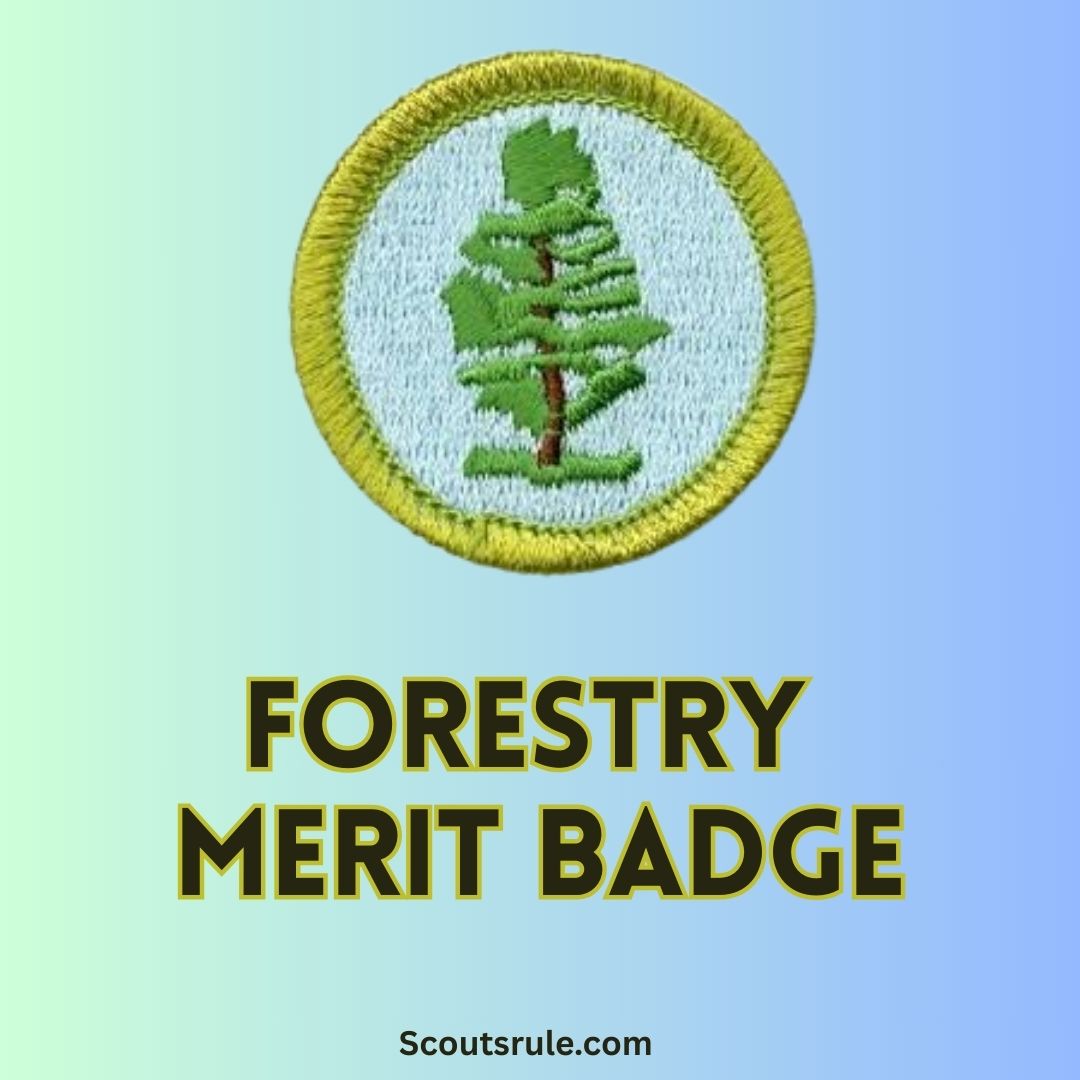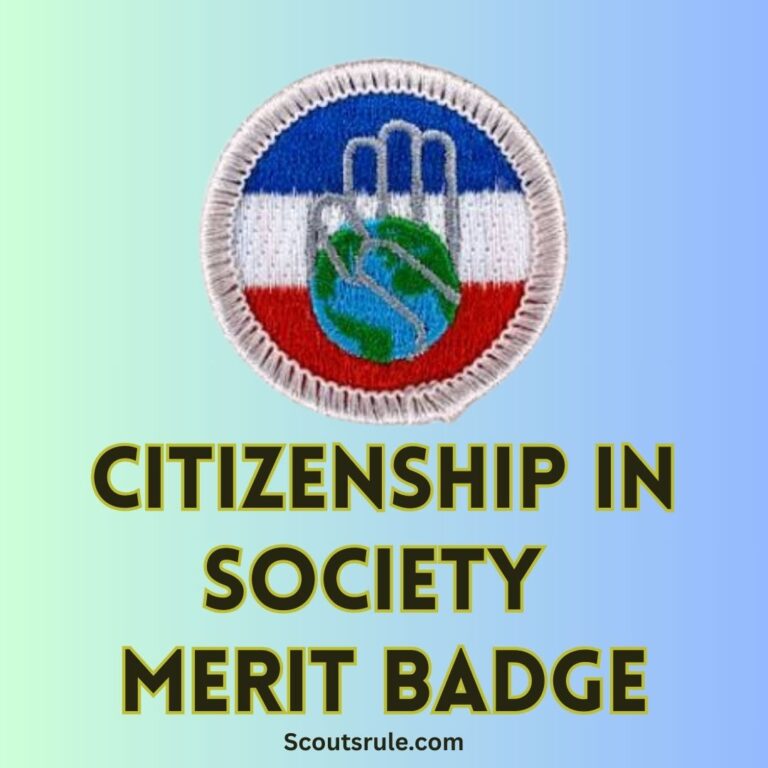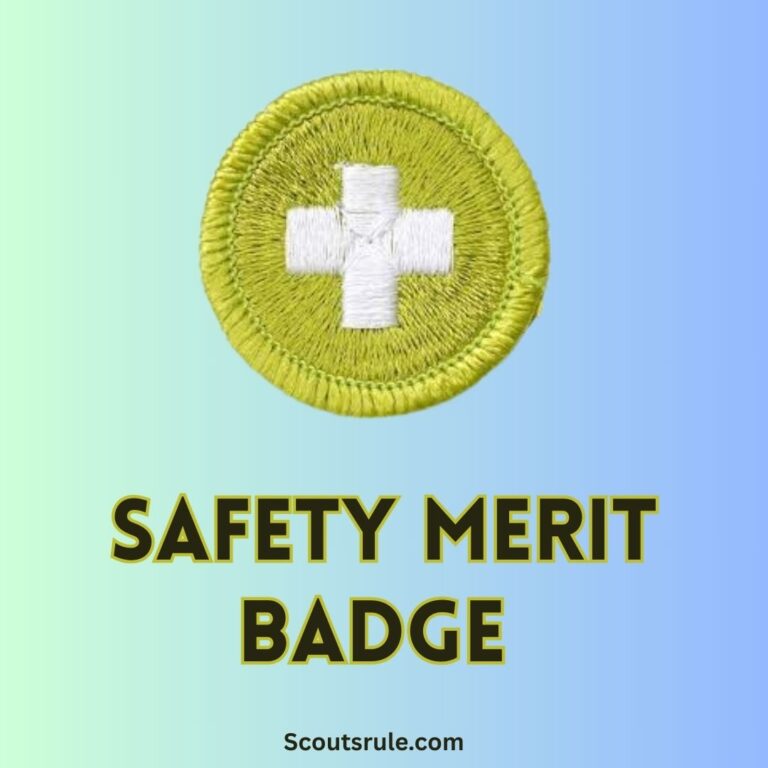
This guide is intended to serve as a detailed study aid and project planner to help you understand the principles of forestry, develop practical skills in forest observation and management, and document your progress as you work through the badge requirements. Remember that this guide is a supplement to the official Boy Scouts of America merit badge pamphlet. Always work closely with your merit badge counselor and refer to the latest official guidelines to ensure that your work meets local council standards.
Post Contents
- Introduction: Connecting with the Forest
- 2. Purpose and Objectives
- 3. Basic Principles of Forestry
- 4. Field Observation and Species Identification
- 5. Forest Management and Conservation Concepts
- 6. Field and Hands‑On Projects
- 7. Documentation, Record Keeping, and Presentation Strategies
- 8. Career Opportunities and Further Exploration
- Conclusion: A Lifelong Commitment to the Forest
Introduction: Connecting with the Forest
Forests cover a significant portion of our planet and are essential to life as we know it. They regulate the climate, provide habitat for countless species, produce oxygen, and offer us both natural resources and recreational spaces. The Forestry Merit Badge is not just about identifying trees or walking in a forest—it’s about understanding the dynamic interactions within a forest ecosystem, learning how human activities affect these natural systems, and discovering how responsible stewardship ensures that our forests continue to thrive. Whether you are an avid hiker, a naturalist, or simply curious about the role forests play in sustaining life, this merit badge will empower you with knowledge and skills that can last a lifetime.
2. Purpose and Objectives
The main objectives of the Forestry Merit Badge are to:
- Educate You About Forest Ecosystems: Develop an understanding of the components of forest ecosystems including trees, shrubs, and vines; learn about the ecological roles they play; and discover their importance for wildlife and human communities.
- Build Practical Skills: Gain hands‑on experience in field observation, species identification, and forest inventory. Learn how to prepare a field notebook and record your observations systematically.
- Promote Environmental Stewardship: Understand sustainable forestry practices and methods of forest management that ensure a balance between human use and conservation of forest resources.
- Enhance Research and Documentation Abilities: Master the art of documenting your observations, including descriptions, sketches, maps, and photographs. This will help you reflect on your learning and create a comprehensive portfolio.
- Explore Future Pathways: Investigate potential career opportunities in forestry or related fields such as forest management, environmental science, conservation, or natural resource management.
Through these objectives, you become not only an informed steward of the forest but also a responsible citizen who appreciates the delicate interplay between nature and human activity.
3. Basic Principles of Forestry
3.1 What Are Forests and Why They Matter
Forests are complex ecosystems composed of trees, plants, animals, microorganisms, and the physical environment (soil, water, air). They provide a multitude of benefits, such as:
- Environmental Functions:
- Carbon sequestration and oxygen production
- Regulation of water cycles and prevention of erosion
- Habitat for biodiversity and preservation of genetic resources
- Economic Functions:
- Supply of timber, paper, and other forest products
- Support for ecotourism and recreation
- Opportunities in research and sustainable resource management
- Social and Cultural Benefits:
- Spiritual and aesthetic value
- Recreation and education
- Preservation of traditional knowledge and indigenous practices
Understanding these points helps underline why sustainable management and careful study of forests are vital to our global ecosystem.
3.2 Forest Ecosystems and Biodiversity
An ecosystem refers to a community of living organisms interacting with their physical environment. In forests, this means:
- Biodiversity: The variety of species, from towering trees to microflora and fauna, creates a resilient system.
- Interactions: Trees, plants, animals, and microorganisms rely on one another for food, shelter, and nutrient cycles.
- Dynamic Changes: Forests are not static—they change with seasons, weather conditions, and human influence. Learning about forest succession, disturbances (such as fire or disease), and seasonal cycles is a key aspect of forestry.
4. Field Observation and Species Identification
A significant component of the Forestry Merit Badge requires you to venture into a local forested area, collect observations, and record various species.
4.1 Preparing Your Field Notebook
- Get Organized: Use a dedicated field notebook or a digital device. Divide your book into sections for each type of observation (tree species, shrubs, vines, habitat descriptions).
- Record Essentials: Include the date, time, and location of your field trip; note the weather conditions and any other environmental factors.
- Sketch and Note: Draw basic sketches of leaves, twigs, bark, cones, and fruit. Record the dimensions and other descriptions that will help you later identify species.
4.2 Identifying Trees, Shrubs, and Vines
The Forestry Merit Badge often requires identifying at least 15 species of trees, wild shrubs, or vines. When doing this:
- Leaf and Twig Characteristics: Note the shape, size, edge (smooth, serrated), and arrangement of leaves. For twigs, note the texture and any unique features like thorns or buds.
- Reproductive Structures: Identify cones, fruits, or flowers present on the specimens. These details are crucial in distinguishing species.
- Habitat Observations: Record where each specimen is growing. Consider factors like soil type, moisture level, elevation, and whether the species is found on a slope or in a valley.
- Uses and Native Status: Research how each species is used by humans (timber, medicinal use, food) or wildlife (habitat, food source). Indicate whether the species is native or was introduced—and if the latter, whether it is considered invasive.
4.3 Documenting Uses and Invasiveness
Include in your notebook:
- Descriptions of how local communities or wildlife benefit from each plant.
- Notes on any visible impacts of invasive species if applicable.
- Photographs (if allowed) or sketches noting unique features of the plants.
5. Forest Management and Conservation Concepts
Understanding how forests are managed is central to the Forestry Merit Badge.
5.1 Sustainable Forestry Practices
- Concept of Sustainable Management: Sustainable forestry balances timber production, wildlife habitat, and ecological integrity. Discuss techniques such as selective logging, reforestation, and controlled burns.
- Silviculture Methods: Silviculture involves managing forest regeneration and growth. Learn about practices used to maintain healthy forests, including thinning and clearcutting guidelines.
5.2 Forest Health: Indicators and Challenges
- Signs of Forest Health: Observe and document signs like the vibrancy of leaves, the presence of pests or diseases, and evidence of environmental stress (such as drought or pollution).
- Monitoring Techniques: Use visual observation and measurements (e.g., tree diameter, canopy density) to assess forest health.
- Impacts of Invasive Species and Disease: Understand how invasive plants or pathogens can disrupt forest ecosystems. Document affected species and hypothesize potential remedies.
5.3 Silviculture, Invasive Species, and Conservation
- Management Options: Explore how forest managers address challenges—through controlled burns, mechanical removal, and replanting native species.
- Community Involvement: Reflect on how community organizations and government policies support sustainable forest management.
Document your insights and research findings in your field journal, using diagrams or annotated maps if possible.
6. Field and Hands‑On Projects
Practical experience brings forestry concepts to life. Consider these project ideas:
6.1 Project: Forest Inventory and Species Identification
- Objective: Venture into a local forested area to identify at least 15 species of trees, wild shrubs, or vines.
- Steps:
- Prepare your field notebook before the trip.
- Record detailed observations on leaf characteristics, twig structures, reproductive parts, and habitat.
- Include a narrative on how each species is used by humans or wildlife—including whether it is native or introduced.
- Documentation: Use photographs, sketches, and detailed notes to create a comprehensive inventory. Consider drawing a simple map of your route with marked locations of your observations.
6.2 Project: Monitoring Forest Health
- Objective: Select several sample trees to monitor growth, health, and any signs of stress or disease.
- Steps:
- Measure and record tree diameter, height, and canopy condition.
- Document signs of pest infestation, disease, or environmental stress.
- Discuss potential management practices that could address any issues.
- Documentation: Create data tables or graphs tracking your observations over a set period. Include reflective commentary on what your data suggest about the local forest ecosystem.
6.3 Optional Project: Visit a Forestry Center or Local Woodland
- Objective: Expand your on‑the‑ground learning by visiting a professional forestry center, botanical garden, or a managed woodland.
- Steps:
- Arrange a guided tour or attend a seminar if available.
- Take notes on current forest management practices, sustainability efforts, or challenges shared by forestry experts.
- Documentation: Write a report summarizing your visit, highlighting new techniques or ideas, and explaining how this experience deepened your understanding of forestry management.
7. Documentation, Record Keeping, and Presentation Strategies
Detailed documentation is essential to communicate your work effectively.
- Field Journal: Keep thorough, organized entries in your dedicated forestry notebook. Include sketches, photographs, and written descriptions for each field observation and project.
- Data Logs: Use charts or tables to record measurements and observations (e.g., tree dimensions, health indicators, species distribution).
- Final Portfolio: Assemble your research, notes, maps, photographs, and project reports in a well-organized binder or digital folder.
- Visual Presentations: Consider creating a slide show or poster that summarizes your activities. Use clear labels, visuals, and bullet points to highlight key learnings.
- Reflective Essay: Write a final reflection on your forestry journey. Explain what you learned about ecological interactions, sustainable management, and your personal connection to the forest.
8. Career Opportunities and Further Exploration
Forestry offers many exciting career avenues and areas for further study.
- Potential Careers in Forestry:
- Forest Management and Silviculture: Managing timber resources and applying sustainable practices.
- Environmental Science and Conservation: Studying ecosystems, protecting biodiversity, and managing natural resources.
- Wildlife Biology: Understanding the habitats that forests provide for various species.
- Urban Planning and Environmental Education: Involving green spaces, public education, and conservation efforts.
- Further Studies: Investigate degree programs in forestry, environmental science, or natural resource management. Research internship opportunities or local volunteer programs that provide on‑the‑ground forestry experience.
- Professional Organizations: Look into organizations such as the Society of American Foresters or local conservation groups. These networks offer resources, mentorship, and updates on industry best practices.
Document your exploration of these fields by interviewing professionals or writing a research report on career paths in forestry.
Conclusion: A Lifelong Commitment to the Forest
The Forestry Merit Badge is not merely an academic exercise; it is a journey into one of nature’s most vital yet vulnerable systems. By observing, documenting, and reflecting on the cells and cycles of forest life, you acquire a deeper understanding of how forests function, why they must be managed sustainably, and how you can contribute to their protection.
Through field observations, hands‑on projects, and detailed research on topics ranging from species identification to forest health and management practices, you will gain a comprehensive perspective on forestry. This badge prepares you to be a thoughtful steward of the natural world, equipped not only with technical skills but also with a respect for the ecological balance that underpins life on Earth.
May your work with the Forestry Merit Badge inspire you to continue learning about and advocating for the preservation of our forests. Let every tree you identify and every project you complete serve as a reminder of the beauty and importance of nature, fostering a lifelong commitment to environmental stewardship.
Happy exploring, and may your passion for forestry guide you toward a greener, more sustainable, and fulfilling future!

Hi, Robin here, A former lead Scout and here I share my inspiring stories about USA Scouts, leadership, adventure, how to guides and more.






